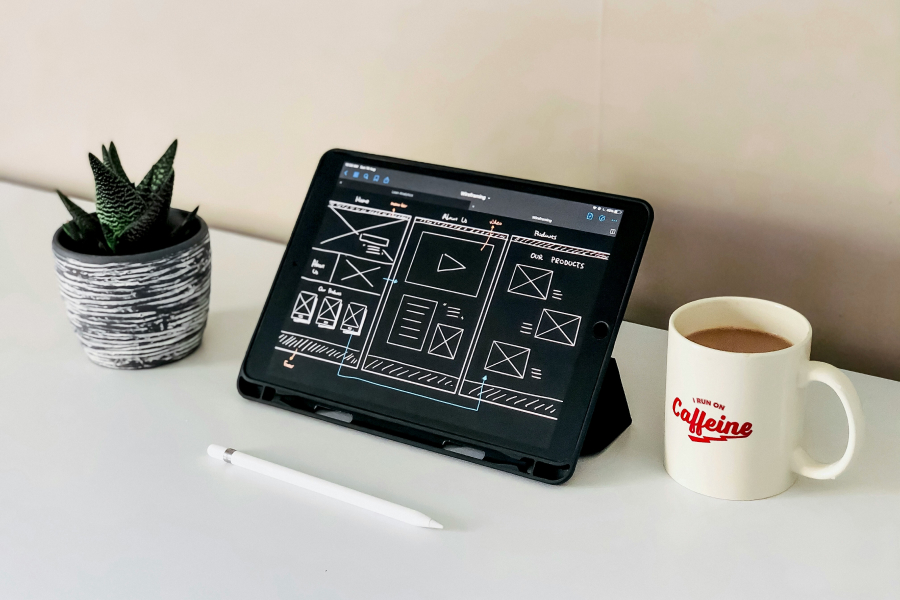Headless CMS vs Traditional CMS: Key Differences Explained
3 min read ● Silk Team
What is a Traditional CMS?
A traditional CMS is an all-in-one platform that integrates both the back-end (the tools for creating and managing content) and the front-end (the rendering of the website). Popular examples include WordPress, Joomla, and Drupal. These systems typically have built-in themes and page templates that determine how the content is presented to users.
How It Works
Content editors use the back-end to create, edit, and organize content. The CMS then delivers content to the website in a predefined format, with themes and layouts driving the design.
Advantages of a Traditional CMS
- User-Friendly: Intuitive interfaces make it easy for even non-technical users to manage content.
- All-in-one solution: Hosting, content editing, and presentation are all handled in a single system.
- Quick Setup: Ready-made themes and plugins speed up website development.
- Broad Community Support: Lots of resources are available, especially on popular platforms like WordPress.
Limitations
- Less Flexibility: The coupled architecture limits how and where content can be delivered.
- Difficulty in Scaling: Delivering content to multiple platforms (web, mobile, IoT) is challenging.
- Performance Limitations: The intertwined frontend and backend can lead to to Performance Bottlenecks.
- Customization Limitations: Customizations beyond the provided designs or templates often require complex programming.
What is a Headless CMS?
A headless CMS separates (or “decouples”) the content repository (the backend) from the presentation layer (the frontend). It centrally manages the content and makes it available through an API to any frontend or device, the so-called “head”.
The term “headless” means that there is no built-in frontend (“head”). Instead, developers can create their own frontends using a variety of frameworks and technologies.
How it Works
Editors manage content in the backend, but that content is accessed through a RESTful API or GraphQL endpoints. Developers extract this content and design the UI presentation themselves.
Benefits of Headless CMS
- Omnichannel Delivery: Content can be easily delivered to websites, mobile apps, smartwatches, kiosks, or digital displays.
- Front-end Flexibility: Developers choose any technology like React, Angular, Vue, or native mobile app frameworks.
- Increased Performance: The front-end and back-end are independently optimized for speed and scalability.
- Future-Ready: Easily adapts to new platforms or technologies.
- Increased Security: Since the back-end is separated, the attack surface is minimized.
Limitations
- Development Skills Required: No front-end means more up-front development work.
- More Complex Customization: Requires integration with front-end technologies and hosting environment.
- Potentially Higher Costs: May require higher upfront development and maintenance costs.
- Limited Built-in Features: Lacks traditional CMS features such as WYSIWYG page builders unless added separately.
Headless CMS vs. Traditional CMS: Use Cases
When to Use a Traditional CMS
- Small to medium-sized websites or blogs.
- Projects with a limited budget and the need to deliver quickly.
- Teams with minimal technical resources.
- Websites that primarily deliver content to a single platform (usually the web).
When to Use a Headless CMS
- Companies that need to deliver content across multiple channels (websites, mobile apps, IoT devices).
- Projects that require a high degree of customization of the user experience and user interface.
- Organizations that value scalability and forward-looking digital content strategies.
- Developers looking for the freedom of using modern front-end frameworks.
Detailed Comparison Table
| Feature | Traditional CMS | Headless CMS |
|---|---|---|
| Architecture | Coupled backend and frontend | Separated backend and frontend |
| Content Delivery | Site-specific | Multiple channels (web, mobile, IoT, etc.) |
| Frontend Flexibility | Limited to provided templates/themes | Fully customizable frontends |
| User Experience | User-friendly WYSIWYG editors | Requires technical knowledge for frontend |
| Performance | May cause bottlenecks due to bundling | Optimized separately for backend and frontend |
| Scalability | Limited | High scalability for multiple channels |

